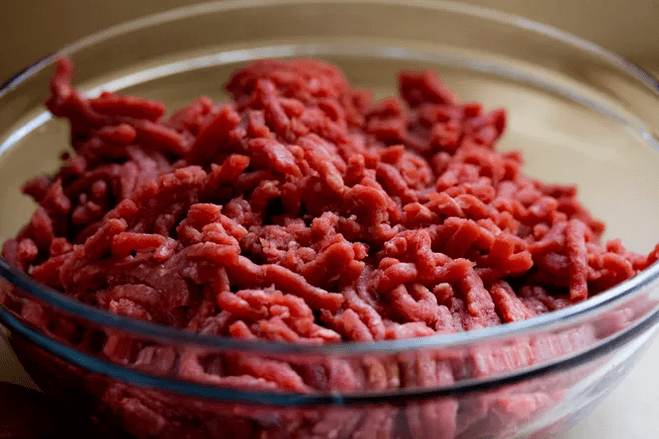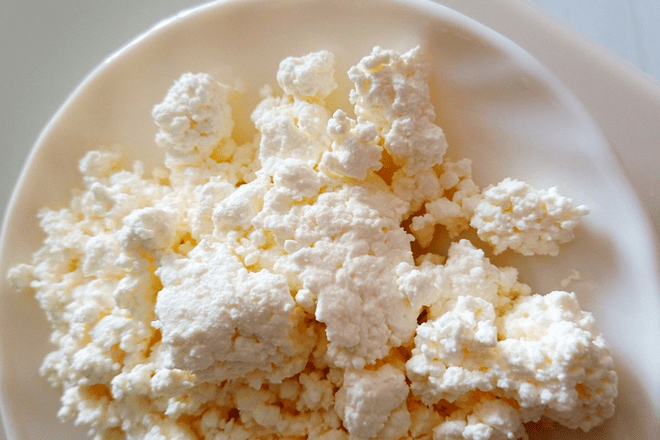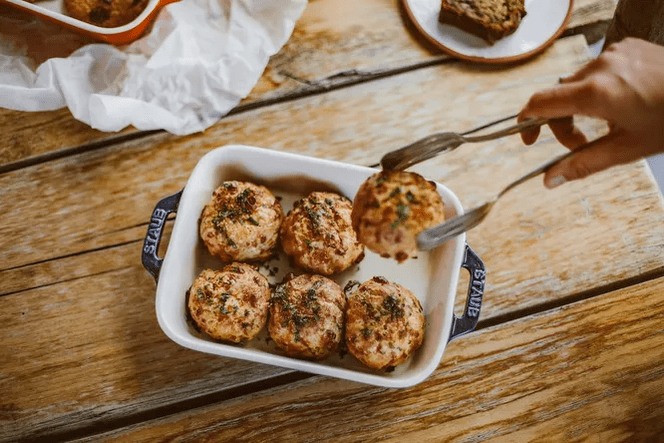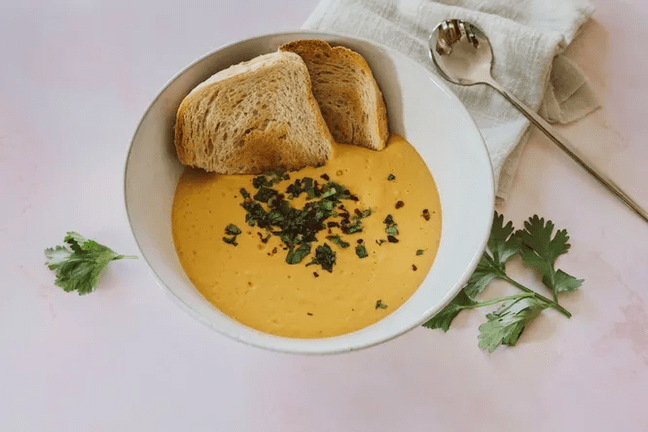
What is pancreatitis
acute pancreatic inflammation
chronic pancreatitis
symptoms of pancreatitis
Why does pancreatitis (inflammation of the pancreas) require a diet?

Dietary principles for pancreatitis
- Avoid any foods that stimulate enzyme production - smoked, spicy, pickled, fried.
- Food should be lukewarm (neither cold nor hot) and mushy.
- Meals should be piecemeal and portions should be small.
- The focus of the diet is on protein products - up to 200 grams of protein products should be consumed per day. But the intake of fats and carbohydrates is very limited.
- The amount of salt used is reduced to 3-5 grams; food is not salted during cooking.
- Raw food is not included. You cannot eat fresh vegetables and fruits, only boiled or roasted ones.
- Eat carbohydrates in moderation, but limit sugary foods.
What should you pay attention to in your diet for acute pancreatitis?
Chronic pancreatitis diet
What to eat if you have pancreatitis (inflammation of the pancreas)

- Lean meat (veal, chicken, turkey, rabbit or even lean pork are suitable);
- Lean fish (pike, cod, flounder, cod);
- Low-fat cottage cheese, low-fat mild cheese;
- Eggs in the form of steamed omelets made with whites (no more than one yolk per day);
- low-fat fermented dairy products;
- Milk – only low-fat milk if tolerated;
- Cereals (semolina, rice, oatmeal, buckwheat);
- Stale bread, inedible biscuits;
- spaghetti;
- boiled or roasted vegetables (potatoes, beets, carrots, zucchini, squash);
- Boiled or baked sweet fruits (apples, bananas, pears);
- dried fruit;
- Jellies, jams, honey, jellies - in small amounts.
What not to eat in the diet for pancreatitis
- Legumes (the only exception is green beans in moderation, boiled or stewed);
- Onions, garlic, radish, turnips, peppers and other spicy vegetables;
- Spinach, sorrel, fresh herbs;
- all types of cabbage;
- mushroom;
- sour fruits;
- marinades and pickles;
- Carbonated drinks and packaged juices (it’s also best not to drink fresh juices);
- Alcohol;
- coffee and cocoa;
- Prepared sauces, mayonnaise;
- fast food;
- fresh bread, baked goods;
- any confectionery product;
- ice cream;
- fatty meat and fish;
- sausages and delicacies;
- caviar;
- canned food;
- bacon;
- Meat, fish, mushroom soup.
Diet for chronic pancreatitis (inflammation of the pancreas): sample menu for the week

on Monday
- Breakfast: a sandwich made of day-old bread and low-fat cheese, a bowl of porridge with water or diluted milk.
- Second breakfast: A serving of low-fat cottage cheese and dried fruit.
- Lunch: vegetable soup, steamed steak with mashed potatoes and a pat of butter.
- Afternoon snack: baked apple.
- Dinner: Cook lean fish, no steamed vegetables.
Tuesday
- Breakfast: Oatmeal with water
- Second breakfast: baked sweet apple puree
- Lunch: Vegetable cream soup, steamed chicken breast; berry jelly.
- Afternoon snack: low-fat yogurt.
- Dinner: Steamed omelette with vegetables.
Wednesday
- Breakfast: Cheese Casserole with Dried Fruit
- Second breakfast: banana
- Lunch: rice and vegetable soup; steamed rabbit meatballs, candied fruit.
- Afternoon snack: apple jelly, cookies.
- Dinner: Steamed fish, pureed vegetables.
Thursday
- Breakfast: porridge, boiled eggs.
- Second breakfast: yogurt, baked apple.
- Lunch: Soup with pasta; fish balls with vegetable puree.
- Afternoon snack: Low-fat cheese sandwich.
- Dinner: Lazy cheese dumplings, a splash of sour cream.
Friday
- Breakfast: cheese with a spoonful of honey or jam.
- Second breakfast: steamed egg white omelette.
- Lunch: mashed potato soup, roast beef, steamed vegetables, jelly.
- Afternoon snack: dried fruit preserves.
- Dinner: lean fish meatballs, rice.
Saturday
- Breakfast: semolina porridge, boiled eggs
- Second breakfast: yogurt.
- Lunch: fish soup with rice, stewed rabbit with potatoes, and candied fruits.
- Afternoon snack: Cheese Casserole.
- Dinner: cheese sandwich, steamed egg white omelette.
Sunday
- Breakfast: buckwheat porridge.
- Second breakfast: baked apples.
- Lunch: Pumpkin cream soup, steamed steak, pasta.
- Afternoon snack: jelly, biscuits.
- Dinner: cheese, boiled vegetables.
Pancreas Diet: Recipes

- bagged rice;
- Potato;
- carrot;
- pumpkin;
- Salt.
Fish meatballs
- Lean fish fillets;
- white cookies;
- milk;
- protein;
- Salt.
Pumpkin Puree Soup with Oatmeal
- pumpkin;
- Potato;
- Heracles;
- cream;
- A little oil, for stewing.
































